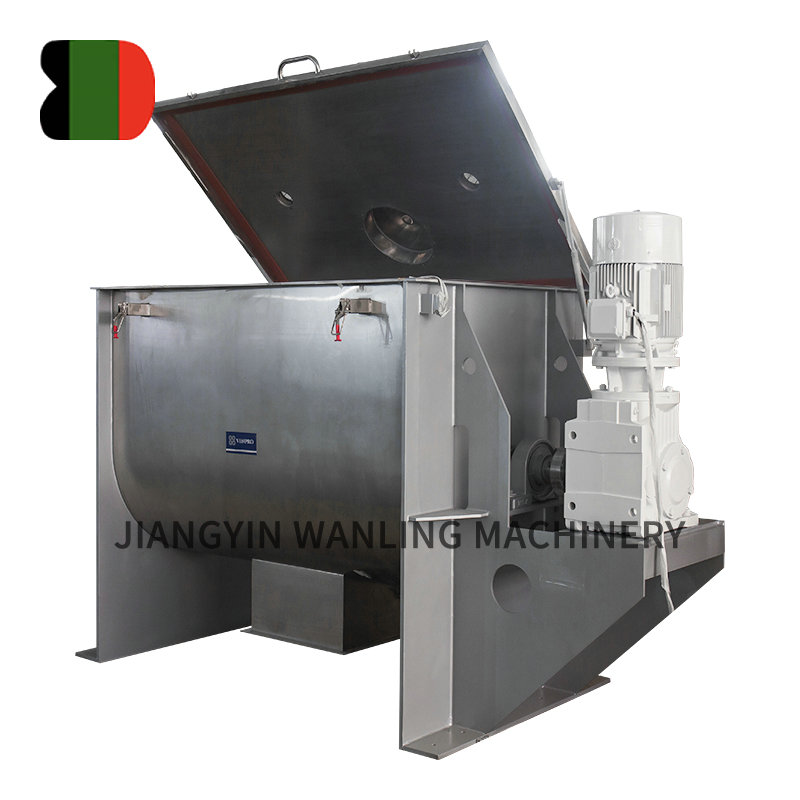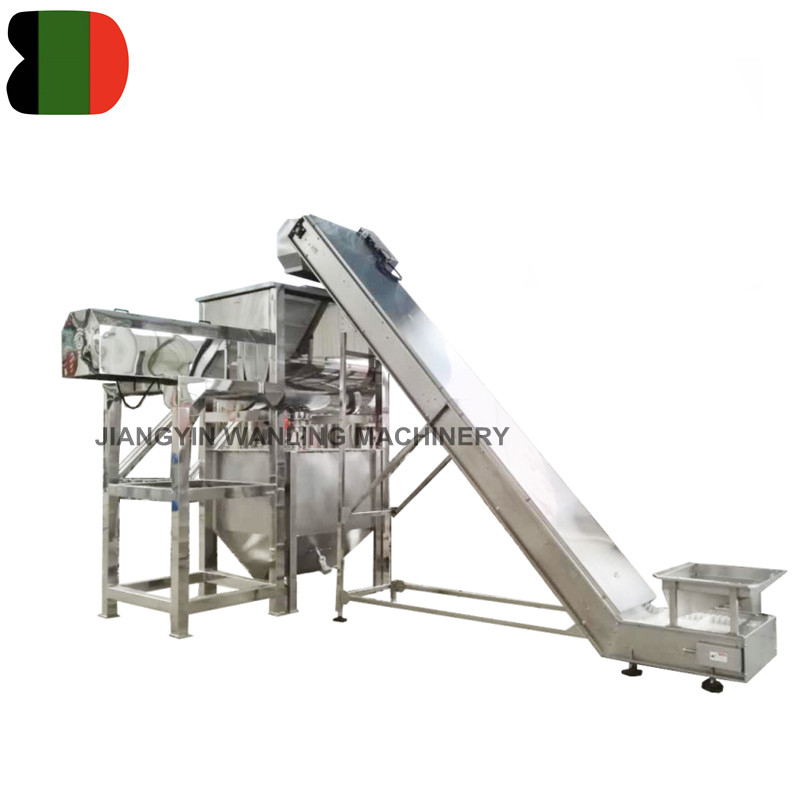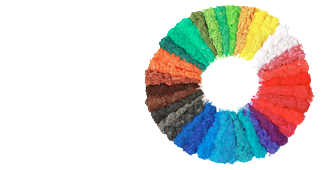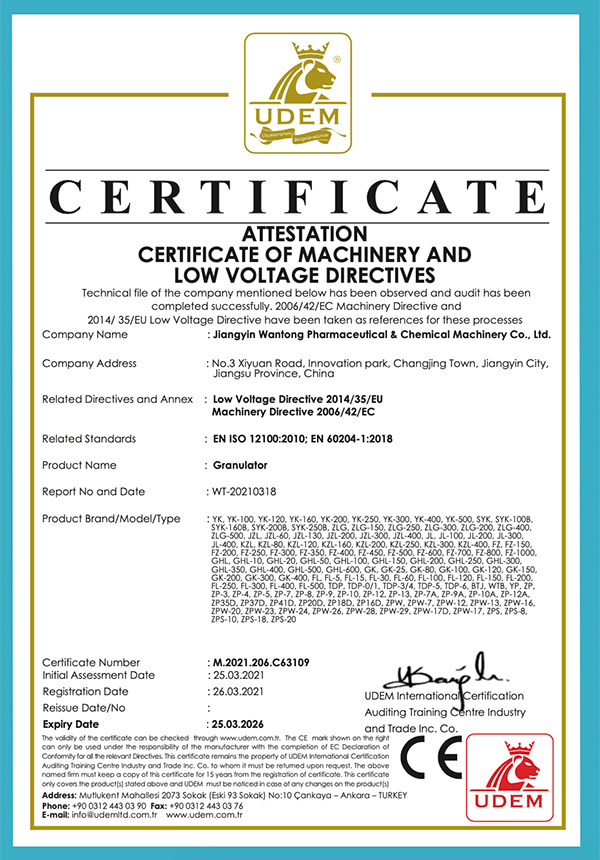Horizontaler Bandmixer Hersteller
-


Wildhorizontaler Gewürzmischbandmischmaschine
Die Ribbon -Mixer -Maschine ist voller Edelstahlmixer, horizontaler Bandmischwelle ist auf der Getriebeschraube -Klinge angeordnet, das i... -


Wild hochwertige Lebensmittelpulverbandmixer Mixermaschine
Maschinenbeschreibung Installiert auf der rührenden Welle des Spiralantriebs innerhalb und Außendurchmesser des Materials im Zylin... -


Wilde trockene Pulvermischbandmischmaschine
Der trockene Pulverbandmixer ist eine horizontale Mischmaschine, dieser Ribbonmixer kann trockenes Pulver, Körnchen und Flüssigkeit misch...
Der Bandmixer ist ein horizontaler Mixer. Es ist ein horizontaler Zylinder mit einer einzelnen Achse und einem doppelten Spiralriemen, der in einer verteilten Struktur gestapelt ist. Der Mixer-Lauf ist U-förmig und befindet sich auf der oberen Abdeckung oder im oberen Teil des Laufs. Gemäß den Anforderungen des Kunden kann ein Sprühfüllgerät installiert werden. Es kann trockenes Pulver, Nasspulver und Flüssigkeit mischen.

Über uns
Ehre
-
 Ehre
Ehre -
 Ce
Ce
Nachricht
-
Branchennachrichten 2025-10-09
A Doppelkegelmixer hat im Vergleich zu deutliche Vorteile und Einschränkungen ...
Mehr anzeigen -
Branchennachrichten 2025-10-01
Elektrisch angetrieben Tabletttrockner Voderteile: Präzise u...
Mehr anzeigen -
Branchennachrichten 2025-09-22
BUndmischer gehören zu den vielseitigsten industriellen Mischgeräten. Sie sind für die effiziente...
Mehr anzeigen -
Branchennachrichten 2025-09-19
Mühlenausrüstung spielt eine entscheidende Rolle in Branchen wie der Landwirtschaft, dem Bergbau ...
Mehr anzeigen
Branchenwissen Expansion
How does the horizontal ribbon mixer prevent materials from gathering in dead corners and being unable to mix?
Horizontal ribbon mixers are designed to ensure thorough and uniform mixing by addressing potential issues like dead corners where materials might gather and remain unmixed. Here are some key features and design aspects that help prevent materials from accumulating in dead corners:
Ribbon Design:Dual Helical Ribbons: The mixer typically features a set of inner and outer helical ribbons. The outer ribbon moves material towards the center, while the inner ribbon moves it towards the ends. This counterflow action helps distribute the material evenly throughout the mixer, minimizing dead spots.
Optimized Blade Geometry: The shape and angle of the ribbons are designed to ensure continuous movement of materials. The ribbons are often set at an angle to create a lifting and folding action, which helps in thorough mixing.
Tight Clearance:Minimal Clearance: The clearance between the ribbons and the mixing trough is kept minimal to prevent material from settling at the bottom or sticking to the walls. This ensures that all material is constantly in motion and being mixed.
End Plate Design:Rounded Ends: Many horizontal ribbon mixers have rounded or specially designed end plates that reduce the chance of material gathering in corners. The design of these end plates helps redirect material back into the mixing area.
Continuous Movement:Constant Agitation: The continuous movement provided by the ribbons ensures that materials are constantly being lifted and folded, which reduces the likelihood of dead spots.
Trough Shape:U-Shaped or Cylindrical Troughs: The shape of the mixing trough can also play a role. U-shaped or cylindrical troughs are common, and their geometry helps in guiding the material flow, ensuring that it reaches all areas of the mixer.
Variable Speed Control:Adjustable Speed: Some mixers come with variable speed controls that allow operators to adjust the speed of the ribbons. This can be useful for optimizing the mixing process for different types of materials and preventing dead spots.
Discharge Mechanism:Efficient Discharge: A well-designed discharge mechanism, such as a bottom or side discharge valve, ensures that all mixed material is effectively removed from the mixer, preventing residue buildup.
Cleaning and Maintenance:Easy Access for Cleaning: Regular cleaning and maintenance are crucial. Mixers designed with easy access to the interior components allow for thorough cleaning, which helps prevent material buildup in corners and ensures consistent mixing performance.
By incorporating these design elements and operational practices, horizontal ribbon mixers effectively minimize the occurrence of dead corners and ensure a homogeneous mix of materials.




